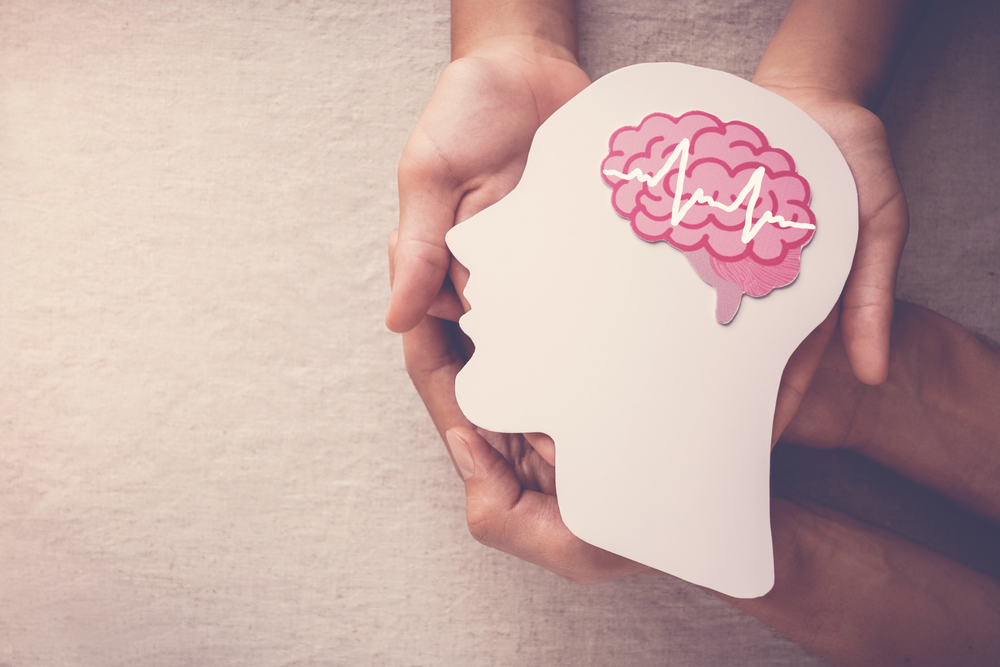Last Updated:
June 10th, 2025
Seizures Caused by an Addiction
There are some addiction symptoms you can ignore for a while but an alcohol or drug induced seizure is one of the most terrifying wake-up calls you can experience. Seizures can hit when you’re using, when you’re detoxing or when your body is overwhelmed by the stress of drug or alcohol addiction. Some seizures are frighteningly sudden but others can hit you more quietly and can be mistaken for something else entirely. But drug and alcohol seizures should never be ignored because the consequences could be life-threatening.

What are seizures?
A seizure happens when your brain experiences a sudden surge of electrical activity that interrupts how it normally works. Your brain relies on precise, coordinated signals to control everything from your movement to your speech to your breathing. But during a seizure, those signals fire out of sync, causing a short circuit in the system.
Seizures don’t always look the same. Some involve full-body convulsions where your muscles jerk uncontrollably and you may fall or lose consciousness. Others are quieter, freezing you in place and rendering you briefly unresponsive. Some people get over a seizure relatively quickly but they can also leave you feeling confused or physically drained for hours.
In many cases, seizures are linked to underlying medical conditions, mental health issues, head injuries or neurological disorders. However, seizures can also be triggered by certain medications or substances, including drugs and alcohol.
How can addiction cause seizures?
Drug and alcohol addiction can lead to seizures in several ways, including their direct effects on your brain, withdrawal symptoms or as a result of long-term damage to your nervous system. When your brain is repeatedly exposed to powerful substances, especially those that alter how it communicates, that system can eventually become unstable. And when your nervous system can’t cope with the pressure, seizures are sometimes the result.
One of the most well-known examples is an alcohol withdrawal seizure. For people who have been drinking heavily, quitting suddenly can trigger seizures within 6 to 48 hours after the last drink. This happens because the brain has become reliant on alcohol to stay calm, and when it’s taken away too quickly, your nervous system rebounds with dangerous levels of overactivity.
Drug-induced seizures are also common with stimulants like cocaine, methamphetamine or MDMA. These substances flood your brain with energy and overload the circuits. A large dose, a contaminated batch or combining drugs can all tip the balance into seizure territory without warning.
Opioid withdrawal typically doesn’t cause seizures directly but mixing opioids with other substances, especially benzodiazepines or alcohol, can increase the risk. Benzodiazepines themselves are also high-risk during withdrawal if you stop too quickly or without medical guidance during rehab treatment.
Common signs of seizures to look out for
Many of the warning signs of seizures can look like something else entirely, and this can stop you from getting the help you need. If you are struggling with substance abuse or supporting someone who is, it’s important to know what these signs might look like so you can spot a seizure early:
- Sudden loss of awareness or blank staring
- Jerking or twitching of muscles
- Stiffening of the body
- Sudden collapse or loss of muscle control
- Loss of consciousness
- Unusual movements or repetitive behaviours.
- Confusion after a sudden episode
What are the different types of seizures?
Seizures come in many different forms, and not all of them look like dramatic convulsions. Here are the most common types linked to substance use, withdrawal or the strain addiction puts on your body:
Multiple alcohol withdrawal seizures in a short time can lead to a life-threatening condition called status epilepticus which is when your brain goes into a state of continuous seizure activity for more than five minutes or when seizures occur back-to-back without you regaining consciousness in between. Status epilepticus is a medical emergency and can cause permanent brain damage, coma or even death if not treated immediately.
What are the other dangerous implications of a seizure?
As well as the potentially fatal dangers explained above, the aftermath of a seizure can also be very dangerous. You can fall or hit your head and if it happens on stairs, in traffic or alone, the risk of injury or even death is high.
Seizures can also leave your brain starved of oxygen, especially if your breathing is interrupted. This can result in memory loss, speech problems or long-term issues with mood and concentration.
There is also the risk of repeated seizures. With addiction, for example, once your nervous system has reached the point of seizing, it is more likely to happen again and often more violently. Multiple seizures in a row can lead to permanent brain damage or death without urgent medical care.

How to manage a seizure to reduce the dangers
If you or someone you know is having a seizure, you should seek emergency medical care. While you are waiting for professional help, here are some steps you can take to reduce the risk of harm:
- Stay calm
- Make a note of all the substances that were taken in the period leading up to the seizure
- Do not attempt to hold down or restrain the person in any way
- Clear the area around the person of anything potentially dangerous that could cause them harm
- If possible, roll the person onto their side to prevent vomit or mouth foam from obstructing their breathing
- Place a pillow, cushion or something soft under their head
- Don’t put anything in the person’s mouth
- Stay within a safe distance of the person until the seizure passes
What should I do if I or a loved one experience an addiction induced seizure?
Seizures are unpredictable, dangerous and a clear sign that drugs or alcohol are taking a serious toll on your body. Whether you’ve had a single seizure or they are becoming more frequent, Addiction Helper can connect you with the support you need. Contact us today to begin real recovery before the damage becomes permanent.
Our compassionate team are ready and available to take your call, and guide you towards lasting the lasting addiction recovery you deserve.
Frequently Asked Questions
(Click here to see works cited)
- CDC. “Types of Seizures | Epilepsy.” CDC, 15 May 2024, https://www.cdc.gov/epilepsy/about/types-of-seizures.html. Accessed 19 May 2025.
- Cleveland Clinic. “Seizure: What It Is, Causes, Symptoms, Treatment & Types.” Cleveland Clinic, https://my.clevelandclinic.org/health/diseases/22789-seizure. Accessed 19 May 2025.
- GOV.UK. “Disability: Equality Act 2010 – Guidance on matters to be taken into account in determining questions relating to the definition of disability (HTML).” GOV.UK, 8 March 2013, https://www.gov.uk/government/publications/equality-act-guidance/disability-equality-act-2010-guidance-on-matters-to-be-taken-into-account-in-determining-questions-relating-to-the-definition-of-disability-html. Accessed 19 May 2025.
- UK Rehab. “How To Deal With Seizures During Detox – UK-Rehab.” UK Rehab, https://www.uk-rehab.com/help-guides/how-to-deal-with-seizures-during-detox/. Accessed 19 May 2025.
- Chen, Hsien-Yi et al. “Treatment of drug-induced seizures.” British journal of clinical pharmacology vol. 81,3 (2016): 412-9. doi:10.1111/bcp.12720

